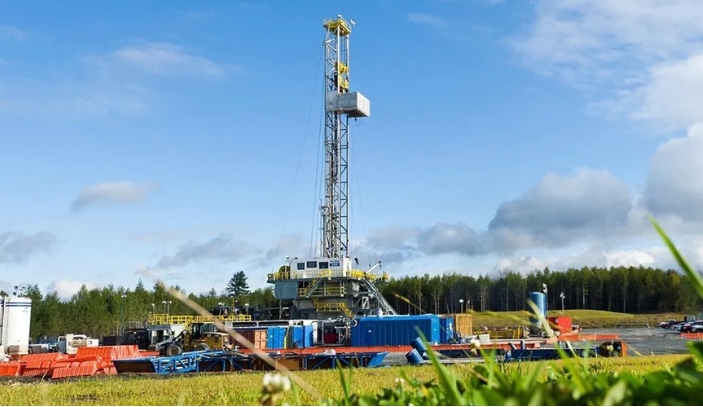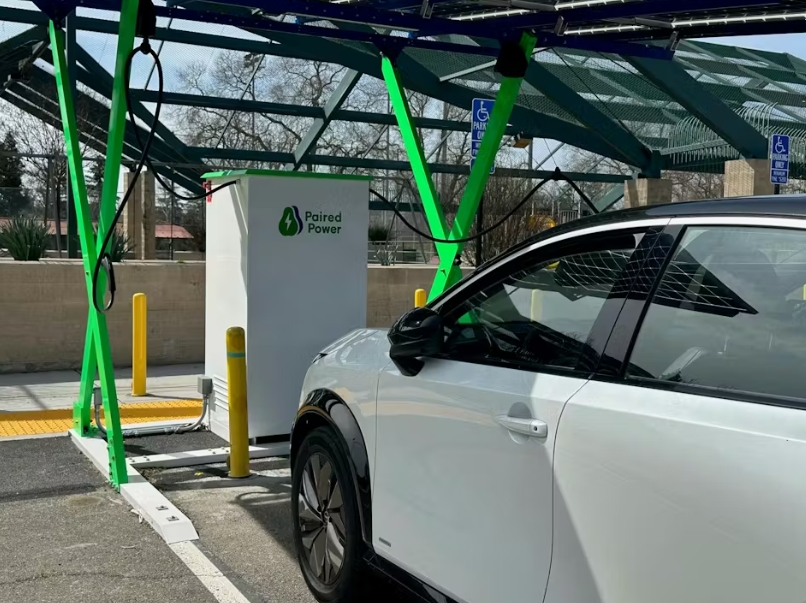
Sage Geosystems wants to do all of that — and more.
On Thursday, the Houston-based company announced it raised $17 million in Series A funding to develop its earthen battery system. Sage is exploring whether deep geothermal reservoirs and pressurized water can be used to store energy from intermittent renewable resources. The idea is to pair the technology with, say, a wind or solar farm to provide baseload, dispatchable power when the wind isn’t blowing or the sun isn’t shining.
The investment round was led by Oklahoma-based Chesapeake Energy, the pioneering fracking company that helped spark the U.S. shale gas boom. Sage and many other geothermal startups are helmed or funded by oil and gas industry veterans who are channeling their knowledge of drilling techniques and geosciences to produce energy from heat instead of burning hydrocarbons — the main driver of planet-warming emissions.
Cindy Taff, CEO of Sage Geosystems, said the proceeds will fully fund the startup’s first commercial facility: a 3-megawatt energy storage system to be built somewhere in Texas, which it plans to start building in the second quarter of this year. Sage didn’t announce a customer for the project.
The nearly four-year-old company successfully tested a full-scale commercial pilot system last year in San Isidro, Texas. At an abandoned gas exploration well, the company created a 3,200-foot vertical reservoir deep underground using its novel fracturing technology. Engineers then pumped and stored large volumes of water in the artificial reservoir, which sits in the rock formation at an average depth of 9,500 feet.
Inside the reservoir, water pushes up against the hot rocks around it, building up mechanical pressure in the fracture. When the crew opens a wellhead valve at the top, the pressure releases, pushing out the water with such force that it can drive a turbine and generate electricity. Sage said the pilot produced 200 kilowatts of electricity over an 18-hour stretch and 1 MW of power during a 30-minute period.







